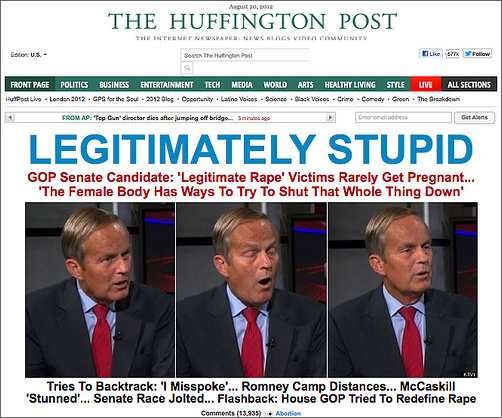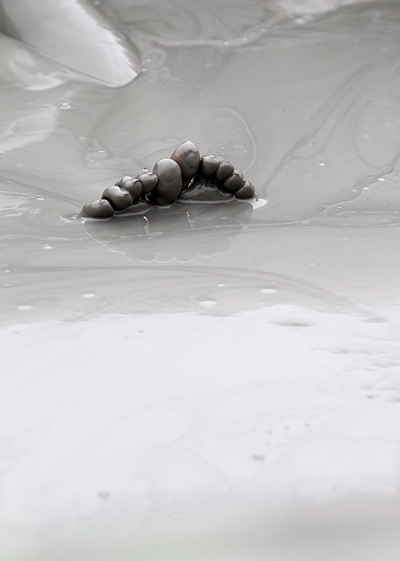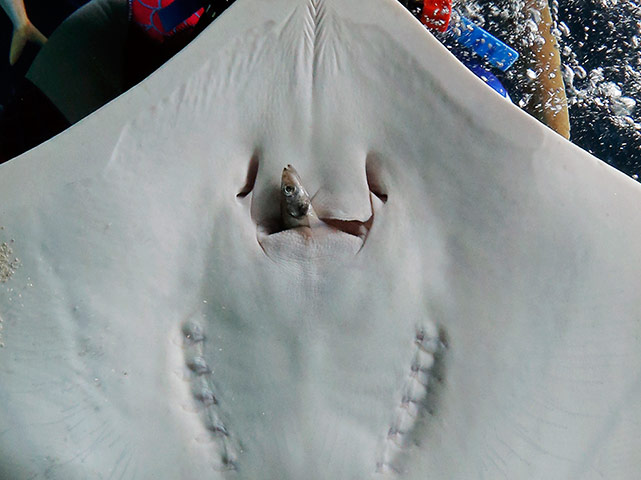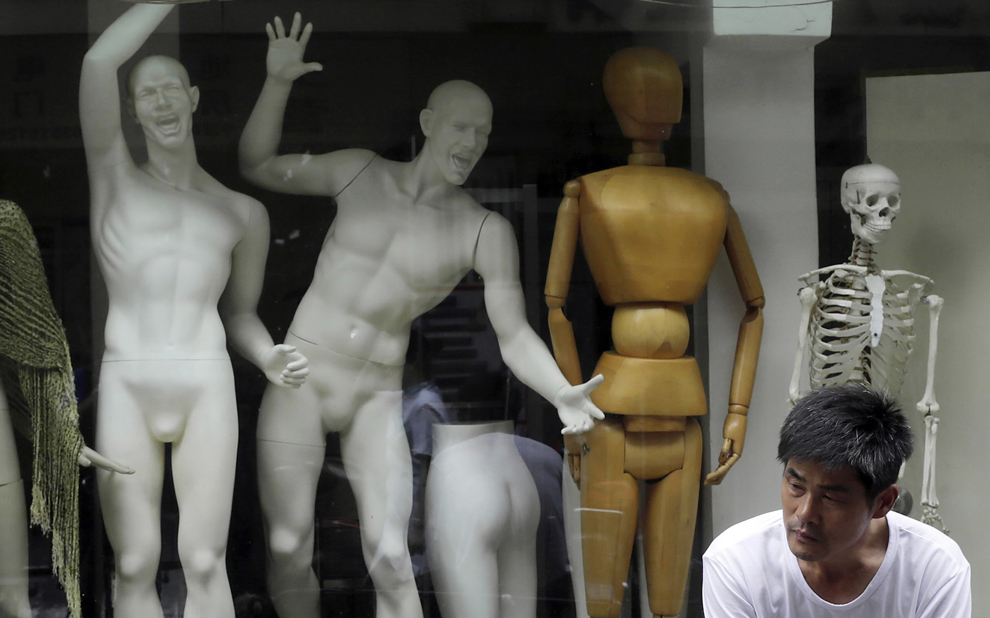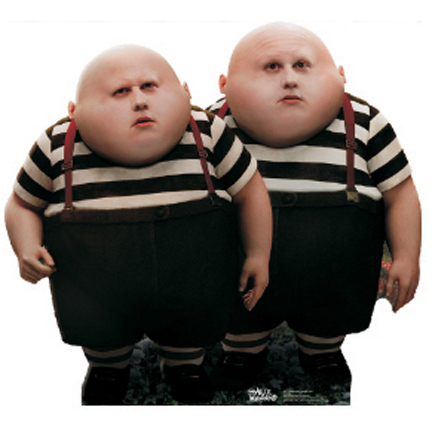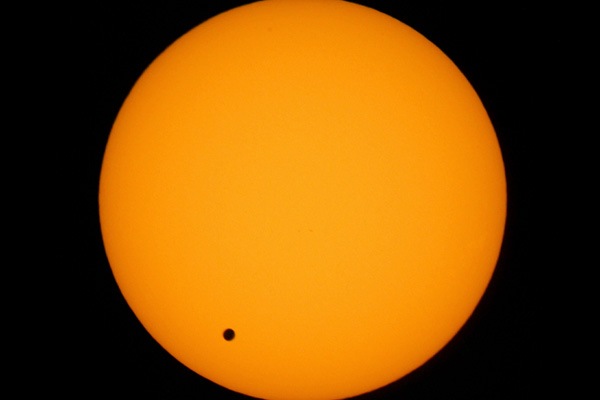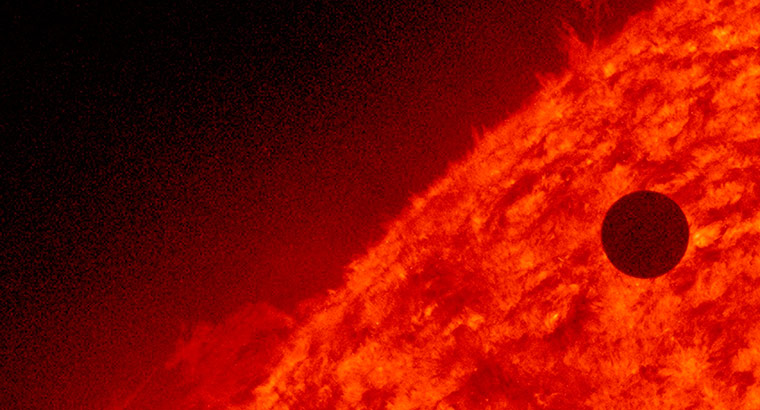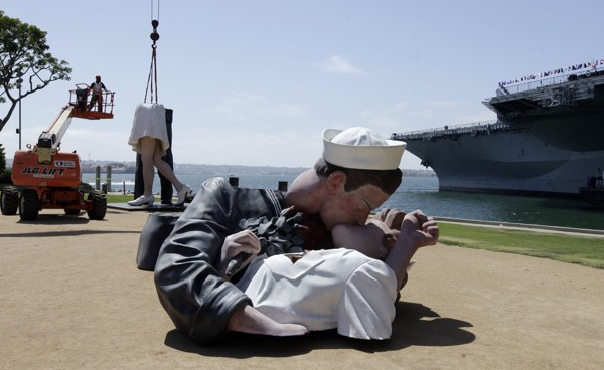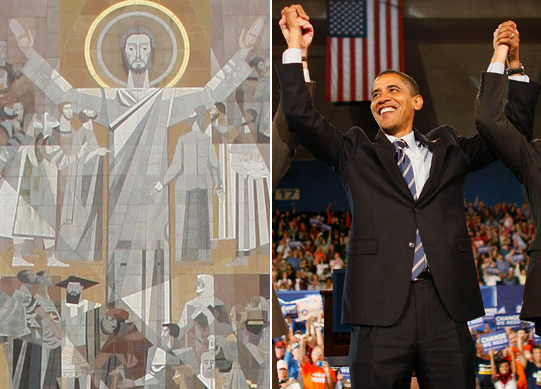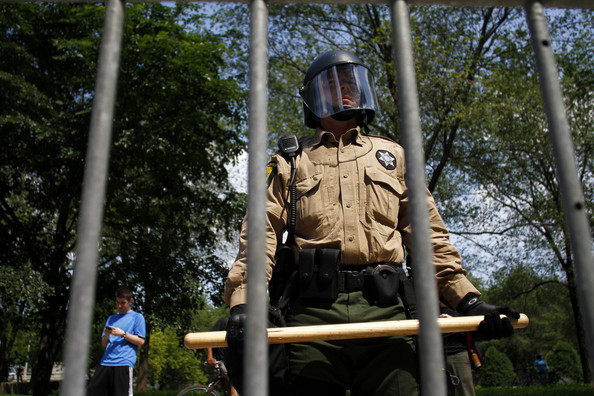If Congress had a committee on stupidity, we know who would be this week’s nominee to chair it.
The Huffington Post nailed it with this headline, and the triptych of images nicely captures how a blindly idiotic mentality can be hidden within the otherwise scripted demeanor of public performance. (There are very few news photos of Akin that are not typical head shots of the Serious Public Official.) Whether due to an offhand remark or the camera freezing a momentary blink of the eye, it’s only by accident, it seems, that we can see how a politician’s blue shirt, red tie, and white lies might be masking genuine stupidity. After all, and I’m not making this up, Akin is a member of the House Committee on Science, Space, and Technology.
Except that no one should be surprised, and not only because of the many well-documented examples of conservatism’s renewed commitment to the subordination of women. The larger truth of the matter is this: Akin’s understanding of biology is no worse than the Republican party’s understanding of economics, climatology, or the other sciences that are essential resources for sound policy in the 21st century. Furthermore, he has provided a remarkably clear example of how the Right finesses the difference between rhetoric and reality: they just make stuff up.
Paul Krugman at the New York Times has been doing a masterful job of exposing the lies on economic policy being pushed by those who obviously must know better. (You can see the most recent example here.) But Krugman remains America’s Cassandra, while Akin has been subject to instantaneous and comprehensive scorn. So, what’s the difference between being flat wrong about conception during rape and austerity measures during a recession? The difference is this: false claims about rape and pregnancy directly contradict the experience, education, and common sense of almost the entire adult population, whereas economics and other sciences are encountered only very indirectly. Few adults haven’t had to think about pregnancy as a real consequence of their own actions, while only a very few can connect the dots between Congressional Budget Office projections and their personal well-being.
For better or worse, the public discussion about the presidential campaign is likely to swing back to matters of economic policy. When that happens, the GOP will once again be able to safely deny the obvious, contradict scientific knowledge, ignore decades of hard-earned experience, and promise sheer fantasy. And like stupidity–and rape–it will be difficult or morally impossible for photojournalism to show the public what really is at stake. In those all too familiar circumstances, it might help to remind people that Todd Akin sits on the House Committee on Science, Space, and Technology–and the Committee on the Budget.
Cross-posted at BAGnewsNotes.
